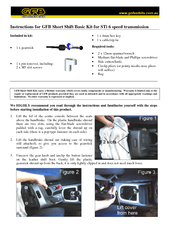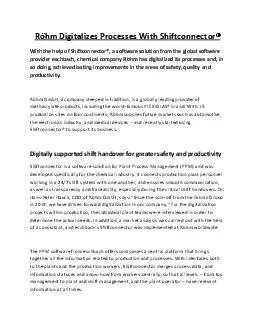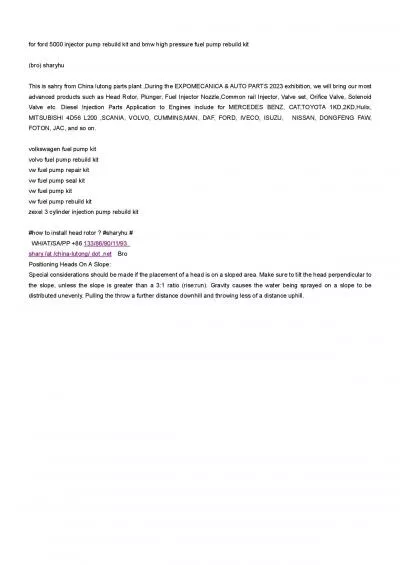PDF-Instructions for GFB Short Shift Basic Kit for STi 6 speed transmissio
Author : olivia-moreira | Published Date : 2015-07-27
Included in kit 1 x gearstick 1 x pin remover including 2 x M5 slot screws 1 x 4mm hex key 1 x cablezip tie Required tools 2 x 12mm spannerwrench Medium flatblade
Presentation Embed Code
Download Presentation
Download Presentation The PPT/PDF document "Instructions for GFB Short Shift Basic K..." is the property of its rightful owner. Permission is granted to download and print the materials on this website for personal, non-commercial use only, and to display it on your personal computer provided you do not modify the materials and that you retain all copyright notices contained in the materials. By downloading content from our website, you accept the terms of this agreement.
Instructions for GFB Short Shift Basic Kit for STi 6 speed transmissio: Transcript
Download Rules Of Document
"Instructions for GFB Short Shift Basic Kit for STi 6 speed transmissio"The content belongs to its owner. You may download and print it for personal use, without modification, and keep all copyright notices. By downloading, you agree to these terms.
Related Documents














